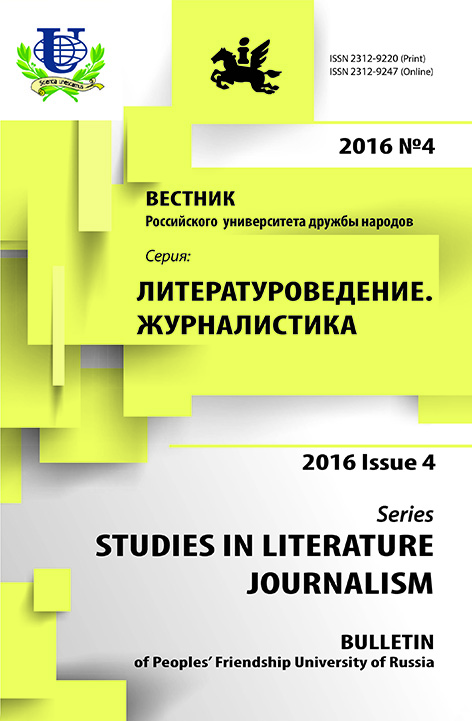WHY THE TERMNATION OF ANALOGUE TERRESTRIAL TV IN RUSSIA DOESN’T STOP
- Authors: Bakhus AO1
-
Affiliations:
- Peoples’ Friendship University of Russia
- Issue: No 4 (2016)
- Pages: 156-174
- Section: Articles
- URL: https://journals.rudn.ru/literary-criticism/article/view/14685
Cite item
Full Text
Abstract
All aspects preventing the termination of analogue terrestrial TV in Russia are considered the most detailed and in full. Monitoring of mass media publications on the subject for six years - formed the basis of the analytical material of this article. Features of distribution and relaying of TV signals are shown with respect to Russia with its vast territory. The multiethnic and multireligious composition of the country, the diversity of languages and dialects are marked. It is concluded that the main limiting factor in the transition to digital broadcasting (DVB-T) is the probability of the possible loss of most of the local (regional) TV channels. The chronology of the formation of three national multiplexes (digital packets) and the disappearance of their regional channels is reconstructed. Possible and well known ways out of this situation for local television such as the association of broadcasters and the production of their own gear are pointed. As a result of this study the author proposed their own solutions to the problems of regional television. Other restraining factors of digitization of television broadcast are reviewed such as a huge fleet of analog TV receivers, the flow of spectators into the Internet network, technical imperfection and obsolescence of integrated technologies, competitive with cable, satellite and IP broadcasting.
About the authors
A O Bakhus
Peoples’ Friendship University of RussiaMiklukho-Maklaya str., 6, Moscow, Russia, 117198
References
















